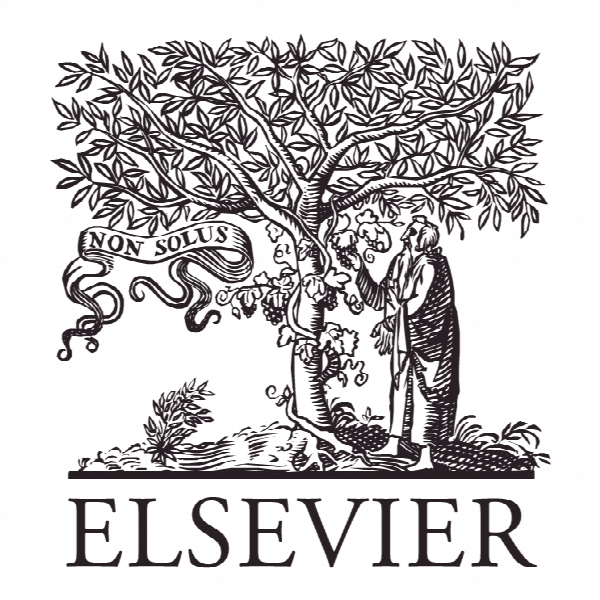تنوع فضایی کیفیت خدمات حمل و نقل در ایستگاه های راه آهن Spatial variation of the perceived transit service quality at rail stations
- نوع فایل : کتاب
- زبان : انگلیسی
- ناشر : Elsevier
- چاپ و سال / کشور: 2018
توضیحات
رشته های مرتبط مهندسی عمران
گرایش های مرتبط برنامه ریزی حمل و نقل
مجله تحقیقات حمل و نقل – Transportation Research Part A
دانشگاه University of Calabria – Department of Civil Engineering – Italy
شناسه دیجیتال – doi https://doi.org/10.1016/j.tra.2018.01.032
منتشر شده در نشریه الزویر
کلمات کلیدی انگلیسی Transit service quality, Rail stations, Passengers’ perception, Spatial variation
گرایش های مرتبط برنامه ریزی حمل و نقل
مجله تحقیقات حمل و نقل – Transportation Research Part A
دانشگاه University of Calabria – Department of Civil Engineering – Italy
شناسه دیجیتال – doi https://doi.org/10.1016/j.tra.2018.01.032
منتشر شده در نشریه الزویر
کلمات کلیدی انگلیسی Transit service quality, Rail stations, Passengers’ perception, Spatial variation
Description
1. Introduction The assessment of transit service quality is a matter of academic interest since over thirty years already, and several research studies highly covered the scientific literature since the beginning of the new millennium. The growing interest for this topic also from transit enterprises and authorities is due to the awareness that the knowledge of the transit service performances can be used for monitoring the services and for identifying potential weak points, with the aim to increase passenger’s satisfaction and finally attract new transit users and retaining the usual ones. In fact, it is well known that in recent years users’ travel behaviour has become more complex, and people prefer private car for moving, because it is perceived as the most comfortable, flexible, and fast mode compared with the other ones. The urban sprawl and low density areas rising also contributed to increase the attractiveness of car as the most convenient transportation mode from all the points-of-view, with undesirable consequences in terms of environmental pollution, energy consumption and quality of life (Nocera and Cavallaro, 2016; Ayyildiz et al., 2017). In order to reduce these problems, travel demand has to be moved from private car to more sustainable mode as public transit systems. Consequently, transport companies have to operate interventions aimed to reduce travel time and increase service quality over all the aspects, since improvements in service quality can have a significant positive impact on the willingness of potential users to choose public over private transport (de Oña et al., 2014; Eboli et al., 2016). Transit service quality can be measured by different approaches. The most common approach is based on transit users’ opinions about the used services, collected by means of surveys. When service quality is measured from the customer’s perspective, transit quality depends on the passengers’ perceptions about each attribute characterising the service (de Oña et al., 2013). In recent years, the most popular methods for capturing transit users’ perceptions were: (1) traditional Customer Satisfaction Surveys (CSS), where users express their opinions by rating the various service characteristics (Weinstein, 2000; Cavana et al., 2007; Joewono and Kubota, 2007; Pakdil and Aydın, 2007; Dell’Olio et al., 2011; Eboli and Mazzulla, 2010, 2012b; Jen et al., 2011; Habib et al., 2011); and (2) Stated Preference surveys, where the importance given by the users to the service attributes indirectly derives from exercises based on the stated preferences according to which users express their opinions by choosing (or rating of ranking) alternative hypothetical services (Cirillo et al., 2011; Eboli and Mazzulla, 2008a, 2008b, 2010; Hensher and Prioni, 2002; Hensher et al., 2003; Dell’Olio et al., 2011). An alternative approach entails using different variables of the transit system demand and operation to calculate the ‘efficiency’ indicators (e.g. Badami and Haider, 2007; Lao and Liu, 2009; Eboli and Mazzulla, 2012a). There are also some studies integrating the two mentioned approaches (e.g. Sheth et al., 2007; Abreha, 2007; Nathanail, 2008; Eboli and Mazzulla, 2011).


